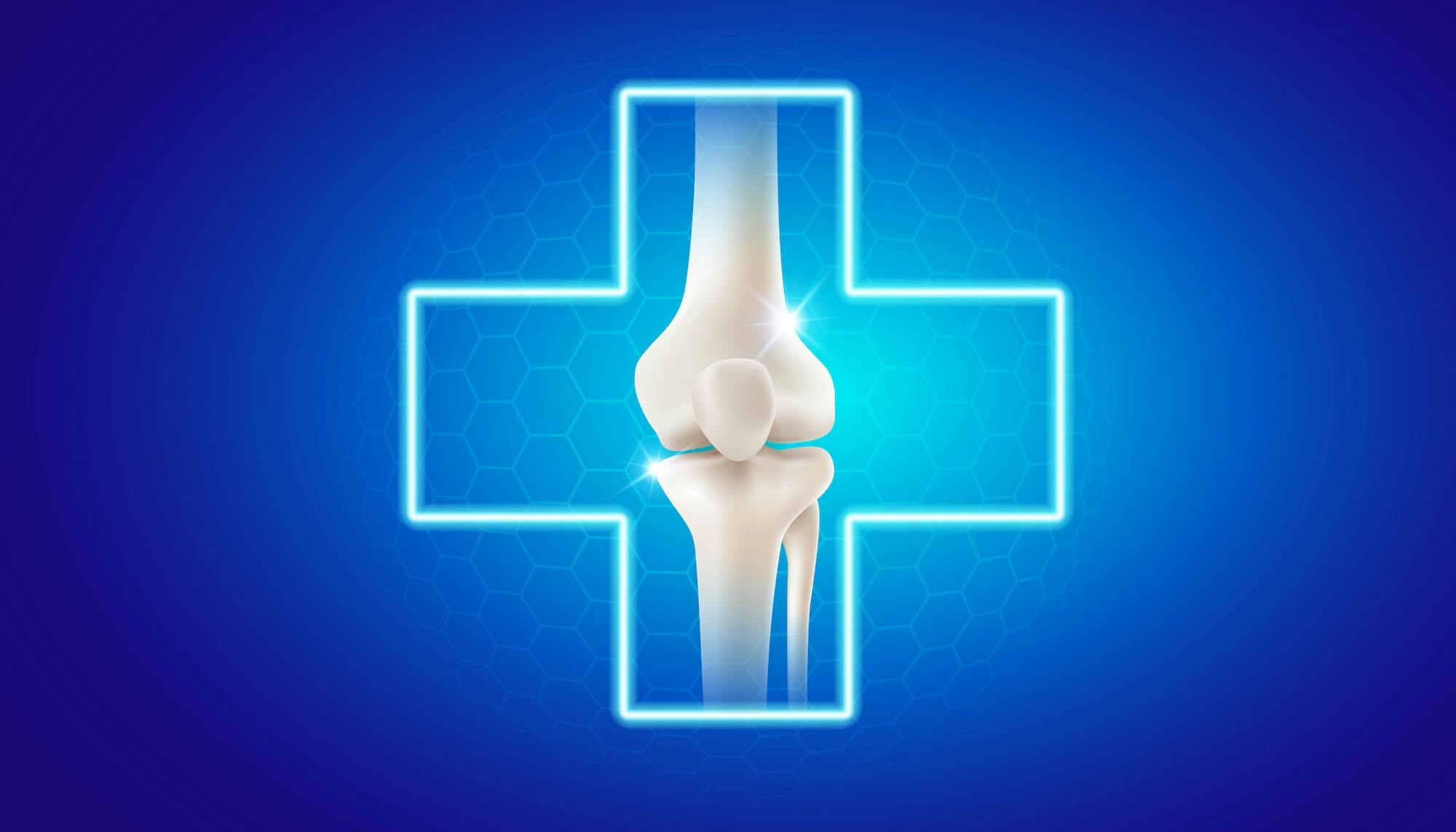- Blog
Arthritis Treatments
Posted on 04-16-2025 in Primary Care Sports Medicine by Dr. Joshua Hackel

Posted on 04-16-2025 in Primary Care Sports Medicine by Dr. Joshua Hackel
Arthritis is the degenerative process through which a joint space loses its “cushioning” due to injury, illness or the natural process of aging. Translated to “inflammation of the joint,” this painful condition is the leading cause of musculoskeletal pain and can be found in almost every part of the body. As we make our way into May for National Arthritis Awareness Month, it’s important to recognize the symptoms, causes, and risk factors and explore non-surgical treatment options such as hyaluronic acid injections.
Symptoms
The most common symptom of arthritis is pain, stiffness and swelling in the affected joints and weakness in the joint and the surrounding muscles. The joint may also feel warm to the touch and appear slightly red or splotchy, especially if you suffer from a severe form of arthritis. Symptoms can come and go or remain constant and can vary in severity from mild to unbearable.
Causes & Risk Factors
Cartilage plays a crucial role in the joints of the body. It “cushions” the joint spaces and prevents bone-on-bone contact; arthritis describes any disease process or injury that leads to the loss of this critical soft tissue structure. Through the process of arthritis, cartilage weakens and disappears, ultimately leading to bone-on-bone contact, which is incredibly painful.
Various factors can lead to someone developing arthritis, but the most common causes are the gradual wear and tear of the aging process, traumatic injury, and abnormal immune responses. Some common risk factors that can increase one’s risk of developing the condition are a genetic predisposition, obesity, previous injury to a joint, and weak or underdeveloped muscles supporting a joint. Arthritis is also more common in women than men, which is thought to be tied to hormonal differences between the sexes.
Prevention
Many of the most common risk factors for arthritis, including age, genetics, and gender, are outside our control. However, the following preventative measures can be taken to help lower your risk of developing this painful condition:
Non-Surgical vs. Surgical Treatment Options
Even if you have already developed arthritis, several treatment options are available to you. While extreme cases may require complex surgery to replace the arthritic joint with an implant, science has afforded us several non-surgical interventions that can be tried long before surgery becomes necessary. These include physical therapy, steroid injections and orthobiologic treatments like platelet-rich plasma therapy (PRP) and stem cell injections. Hyaluronic acid injections are also a common minimally invasive treatment option as they replenish a naturally occurring fluid component that fills the joint space (called synovial fluid).
Hyaluronic Acid (HA) Injections
Alongside cartilage, hyaluronic acid cushions the joints of the body. As your arthritis progresses, the hyaluronic acid in your synovial fluid thins and can ultimately disappear, worsening joint pain and stiffness. Replenishing this critical compound can be done with a number of different options, including Euflexxa, Hyalgan, Orthovisc and Synvisc. Your physician will decide which injection to use based on many factors, including age, the severity of your arthritis, your insurance carrier’s medical policies, and your family and medical history.
Depending on which brand of hyaluronic acid your physician elects to move forward with, you could receive anywhere from one to five total injections spread out over weeks or months. Regardless of the schedule, all injections typically unfold similarly and are considered very safe. If you are suffering from joint arthritis, complete our online appointment request or call 850-916-8783 to request a consultation with Dr. Josh Hackel today to see which treatment option is right for you.

March is National Nutrition Month®, and as part of the conversation, the North Florida Bone & Joint team wants to emphasize the impact diet can have on your bone health. Before diving in, it's essential to understand the role the skeleton plays in your body. Specifically, the skeleton—and the bones its comprised of—serve the following functions:

At North Florida Bone & Joint Specialists, we’re committed to delivering convenient, expert care throughout the Gulf Coast. As part of that commitment, we’re excited to announce the expansion of our clinical office footprint. In March, we opened two new locations in Milton and Navarre, FL, further enhancing our ability to serve patients across Northwest Florida.

Valentine’s Day is all about love—so why not show your joints some love, too? Whether you’re an athlete, an active adult, or simply looking to maintain mobility as you age, taking care of your joints is essential for long-term health and well-being. At North Florida Bone & Joint Specialists, we believe that self-care isn’t just about relaxation—it’s about making intentional choices to keep your body strong, pain-free, and resilient. Here are four self-care tips to keep your joints healthy and moving with ease: